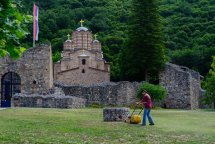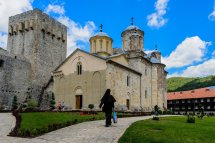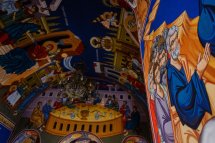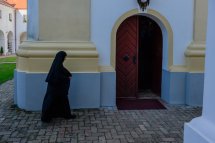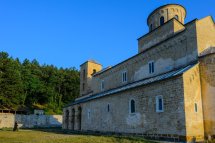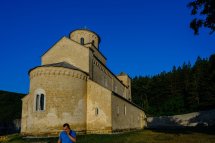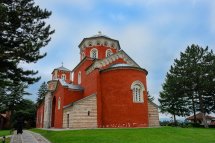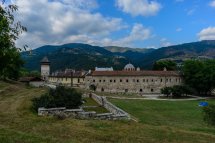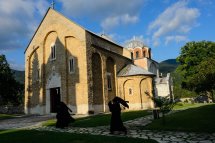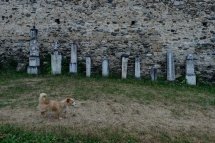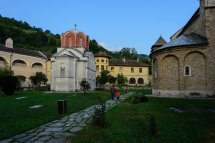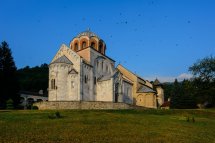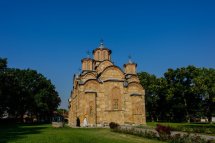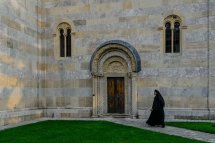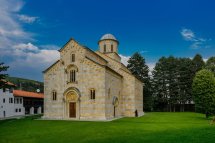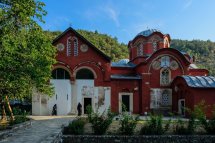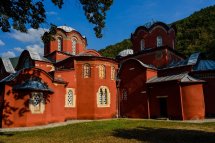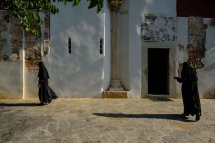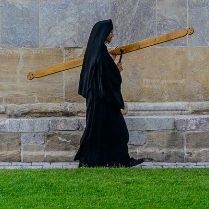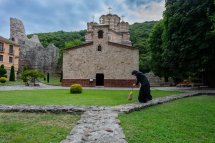Monasteries Serbia-Kosovo
Serbian monasteries in Serbia and Kosovo. In the 7th century the Serbs began to convert to Christianity in large numbers. Before that, in the fourth century, the Emperor Constantine the Great, born in the Serbian city of Nis, was the first Christian Emperor. The nowadays majority (85%) of the population belongs to the Serbian Orthodox Church, autocephalous church since the 13th century. A boom occurs during the 12th-17th centuries, then,l there were dark years for the Church under the oppression of the Ottoman Empire, with a revival in the 19th century. We find in Serbia and Kosovo a series of interesting monasteries, some of them declared World Heritage Sites by UNESCO such as those of Sopocani and Studenica in Serbia, and Gracanica, Patriarchate of Pec and the Decani in Kosovo. The monasteries play an important role in the culture and history of Serbia. Built between the 12th and 17th centuries, they have shaped the landscape of the Serbian Church. Built in the Middle Ages, these monasteries testify of the rise and fall of the Serbian Empire and state. They were built by rulers to celebrate the glory of the saints, but also their eternal resting places.
